On December 15, 1964, Henry Luce, assistant director of the Smithsonian’s National Museum of American Art, told the Washington Post that walking into the garage “was like opening Tut’s tomb.” Where was he, who was there, and what did he see that caused such a monumental reaction? It was a garage full of silver and gold works by James Hampton, consisting of 108 pieces of sculpture arranged like a great altar. Eventually it became known that he had spent the last fourteen years of his life creating an enormous altar for the prophesized second coming of Christ in the Millennium. He was convinced that Christ was coming soon, to Earth, to Washington, DC.
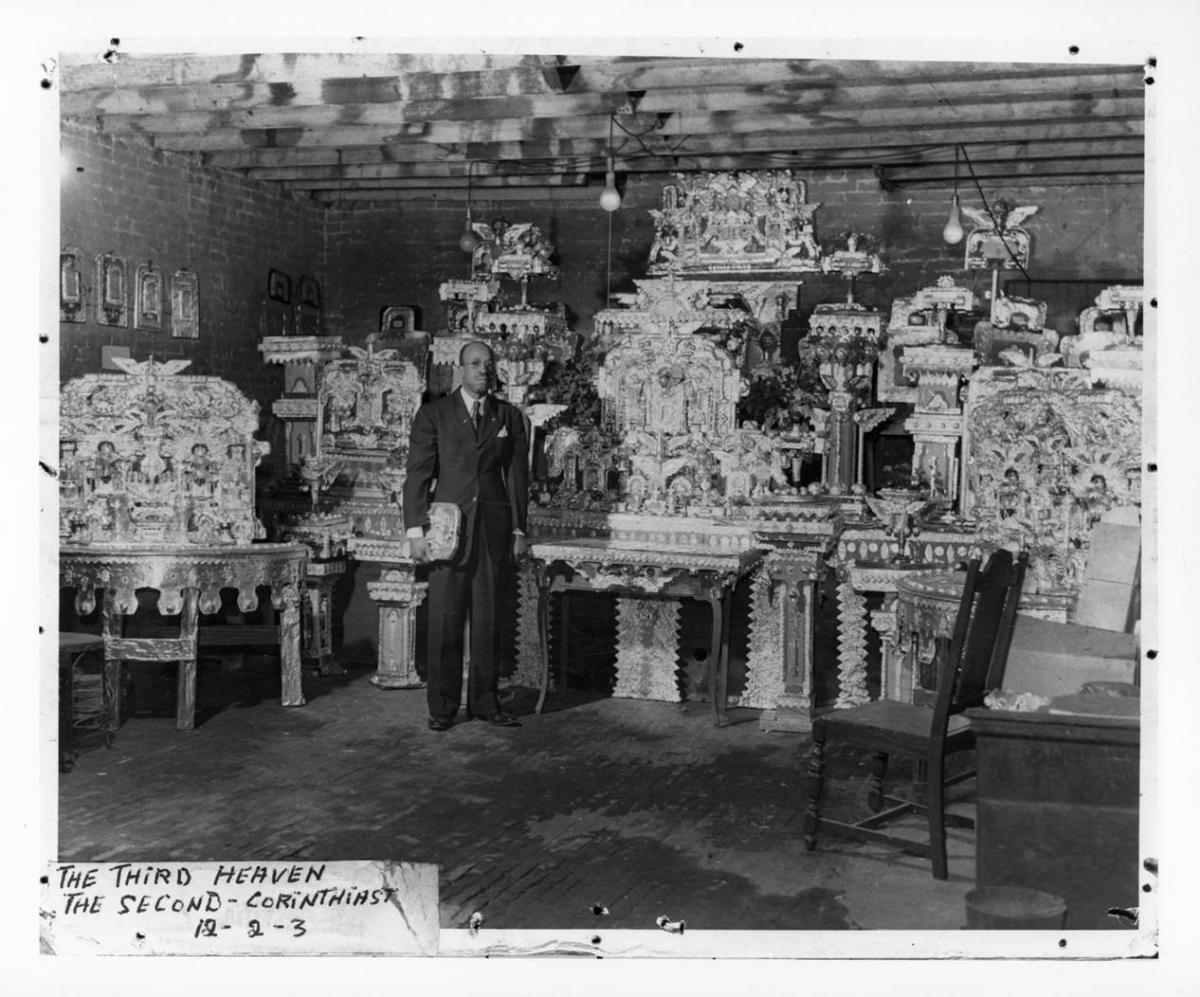
James Hampton and the Third Heaven Throne (“a man in Christ…caught up to the third heaven, whether in the body, or out of the body, I cannot tell. God knoweth.” Corinthians 12: 2-3)
In 1950, Hampton rented the garage, formerly a carriage house, on 7th Street NW. It was unheated, drafty, and lit by a few light bulbs. He worked on “Throne” from 1950 until his death from stomach cancer on November 4,1964. His landlord, Meyer Wertlieb, checked on Hampton when the rent had not been paid and discovered he had died. He then went to the garage and was stunned. Hampton’s sister came from South Carolina to settle the estate. She did not want the sculptures.
Wertlieb placed an ad in the newspapers that caught the attention of sculptor Ed Kelly, who contacted art collector Alice Denney. When she and Harry Lowe went to see the art, Denney brought Leo Castelli and Ivan Karp, both major figures in the New York art scene, and the artist Robert Rauschenberg. All were in DC for the Corcoran Art Biennial. Lowe immediately paid the rent and took possession of the garage and the art. In 1970, after restoration and preparation of a specific display area, “Throne of the Third Heaven of the Nation’s Millennium General Assembly” (1950-1964) (17’ x 17’) went on display at the National Collection of Fine Arts, now the Smithsonian American Art Museum (SAAM), in Washington, DC. Parts of the work have been on tour and on display in at least ten museums.
James Hampton is not a familiar name to many people who like art. Considered an “outsider artist,” he was among a number of untrained artists, uneducated in artistic techniques or art history, working alone, and not part of the artistic community. Some of these artists, such as Grandma Moses, eventually are recognized for their unique talents and contributions to the art world.
James Hampton was born in 1928 in the small sharecropper town of Elloree, South Carolina. His father James Sr, an itinerant and self-proclaimed Baptist preacher, gospel singer, and sometime prison inmate, early on abandoned his mother Sarah and their five children. The family struggled to survive. At the age of nineteen, James went to live with his older brother in Washington, DC. On a work application he stated that he had a tenth-grade education from an elite black high school in DC.
At the age of twenty-two, Hampton had his first religious vision. His visions were not dreams; he wrote of them as being real visits. “This is true that the great Moses, the giver of the tenth [sic] commandments appeared in Washington, DC, April 11, 1931.” He mentioned visits from Mary in 1946 and 1950, and from Adam in 1949. His one great work was influenced by these talks and his intensive reading of the Bible, particularly Revelations. He was influenced by his Baptist father and the newer religions of Haitian Voodoo, Cuban Santeria, and Brazilian Candomblé, intertwined with Roman Catholicism. He was familiar with the American Millenarian and Dispensationalist movements that divided the history of religion into either five or seven phases, and spoke of the final coming of Jesus to Earth before Doomsday.
Another influence was the Reverend A.J. Taylor, minister of Mount Airy Baptist Church, close to Hampton’s apartment, that he sometimes attended. Taylor referred to DC as the city of monuments, but none to Jesus. “Monument to Jesus” was installed in electric lights over the door of his church. Hampton referred to himself in notes as St. James and proclaimed he was the Director of Special Projects for the State of Eternity. According to a few of his acquaintances, Hampton said when he retired that he wanted to be a minister and to set up a sidewalk church in the area.
While in DC, Hampton worked as a short order cook. He was drafted into the United States Air Force in 1942 and assigned to the 385th Aviation Squadron in Texas, a segregated non-combat unit responsible for carpentry and maintenance of airstrips. He was sent first to Hawaii and then to Saipan and Guam. His first altar, labeled “Made in Guam, April 13, 1945 (24’’x12’’), is a small part of the ensemble. Hampton received a Bronze Star (1945) and returned to DC in 1946. He was hired by the General Services Administration in 1946 to be a janitor, a job he held until his death.
The title “Throne” is taken from several verses from the Bible. “Third Heaven” refers to the heaven of heavens from the Book of Kings 8: 27-30: “The heavens, even the highest heaven, cannot contain you. How much less this temple I have built. May your eyes be open toward this temple night and day, this place of which you said, ‘my Name shall be there’ so that you will hear the prayer your servant prays toward the place.” One of the hundred biblical references to the Millennium is found in Revelations 22:12: ”Behold, I am coming soon, bringing my recompense with me, to pay every one for what he has done.” Hampton told a friend they were living in the last millennium.
“Throne” consists of 180 items including altars, pulpits, thrones, lecterns, plaques, and crowns, many with inscriptions from Revelations. The central figure is a seven-foot-tall throne with the words “FEAR NOT” at the top. Revelations 20:11 states the first thing St. John the Evangelist saw in Heaven was “a great white throne and Him who was seated on it.” This throne is made from an old maroon upholstered chair that Hampton bought at one of the small used furniture stores nearby. Store owners remember him shopping in the neighborhood and using a child’s wagon to take home whatever be bought or found. A few pieces are made with furniture bases, but most are built on cardboard forms.
The basic materials of all the objects included jars, lightbulbs, and hundreds of found objects covered with found aluminum and gold foil, purple craft paper, green desk blotters, mirror shards, and house paint. Objects were held together with tacks, glue, straight pins, tape, cut cans, cardboard strips, and tin tabs. No screws were used. Hampton searched the streets for these items and found gold and silver foil, cigarette cartons, candy wrappers, and chewing gum packaging. Reynolds Wrap became available in 1947, and his life became easier. Even the handy sticker Reynolds added to indicate coming to the end of the roll can be seen in his work.
On the left side wall of “Throne,” Old Testament figures and apostles are represented on altars and plaques. One specific plaque is dedicated to Moses, with a card telling of Moses’s first appearance to Hampton in 1931. New Testament figures and other patriarchs and prophets are represented on plaques on the right side wall.
Several crowns are included at the front of the ensemble. Biblical references to crowns come from Revelations 3:11 “I am coming soon. Hold fast what you have, so that no one may steal your crown.” First Corinthians 9:24-25 speaks of “the imperishable crown.” Revelations 21:4 speaks of the “crown of rejoicing.” Second Timothy 4:8 speaks of the “crown of righteousness.” First Peter 5:4 speaks of the “crown of glory.” Revelations 2:10 says “Be faithful until death, and I will give you the crown of life.”
A bulletin board on the wall of the garage contained the message “Where There is No Vision The People Perish.” A blackboard with diagrams and notes depicts two renderings of the Ten Commandments. Also found was a loose-leaf notebook titled The Book of the 7 Dispensations. It was written, as were many of his notes, in an undecipherable text similar to Semetic and Asian. It has yet to be deciphered, even though it has been run through several computerized language translation programs.
Very few of Hampton’s acquaintances are known; most were people with whom he worked. Hampton preferred being alone. He was described as small, wearing glasses, soft-spoken, diligent, seemingly religious, but not trying to push his beliefs on anyone. He spoke of finding a wife who could help with his work, but he never married. He did contact local newspapers about writing an article on “Throne,” and he offered “Throne” to a nearby church for use as a teaching tool. No one was interested.
After its discovery, Hampton’s work stimulated the interest of several writers, musicians, and musical groups. Author and poet Denis Johnson published a book titled The Throne of the Third Heaven of the Nations Millennium General Assembly that included a poem named after the work. In 2007, Jefferson Friedman debuted “The Throne of the Third Heaven,” commissioned by the National Symphony Orchestra and the ASCAP Foundation. Le Loup, an indie music group, used the entire name of “Throne” for its debut album in 2007. Shelley Pearsall’s 2015 novel, written for young adults, tells of a troubled thirteen-year-old boy who meets Hampton. She commented, “For more than a decade, Hampton had labored alone, without fanfare, to create art for art’s sake—a nearly impossible concept to grasp in today’s world of rampant social media sharing and instant celebrity.” Tommy Orange, a Cheyenne/Arapaho writer, referenced Hampton’s work in a short story in 2018.
In the 1970’s, this writer worked at the Smithsonian Museum where “Throne” was first on view. It was remarkable and thought provoking. Hampton wrote that God frequently visited him while he was creating “Throne.” Famous writer and art critic Robert Hughes wrote in Time Magazine that Hampton’s piece “May well be the finest work of visionary religious art produced by an American.”
Beverly Hall Smith was a professor of art history for 40 years. Since retiring with her husband Kurt to Chestertown six years ago, she has taught art history classes at WC-ALL and Chesapeake College’s Institute for Adult Learning. She is also an artist whose work is sometimes in exhibitions at Chestertown RiverArts and she paints sets for the Garfield Center for the Arts.
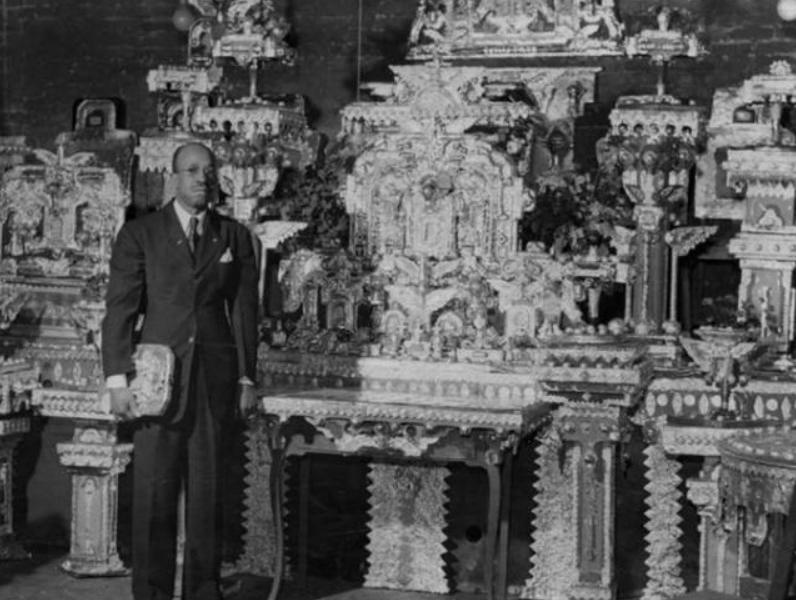



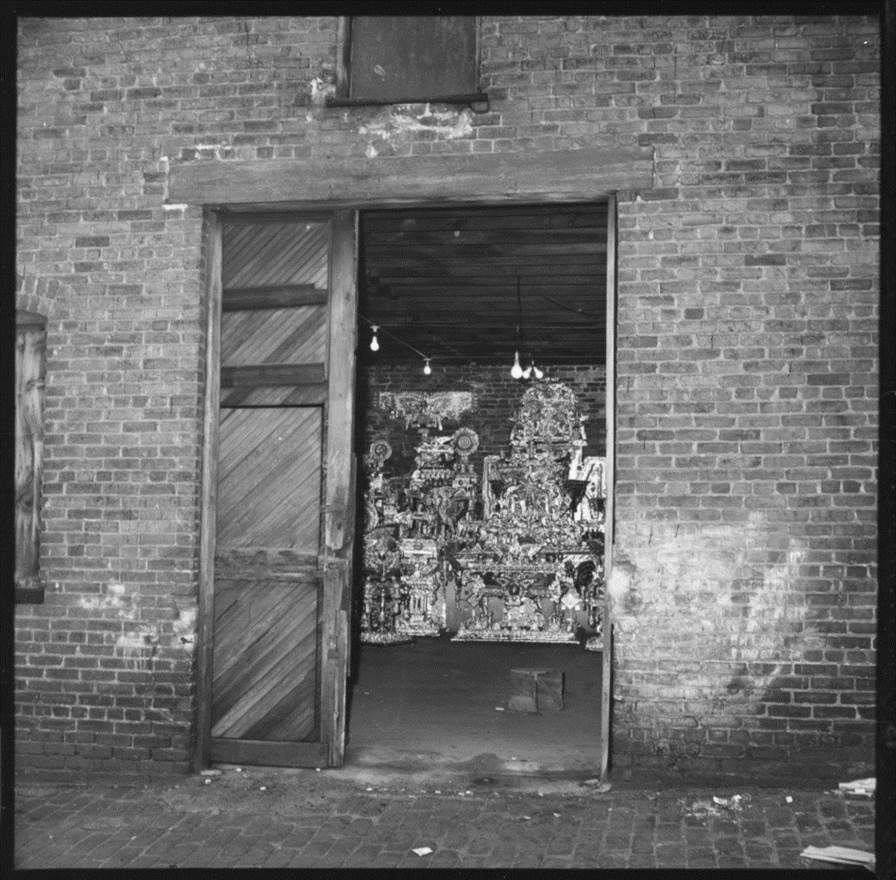
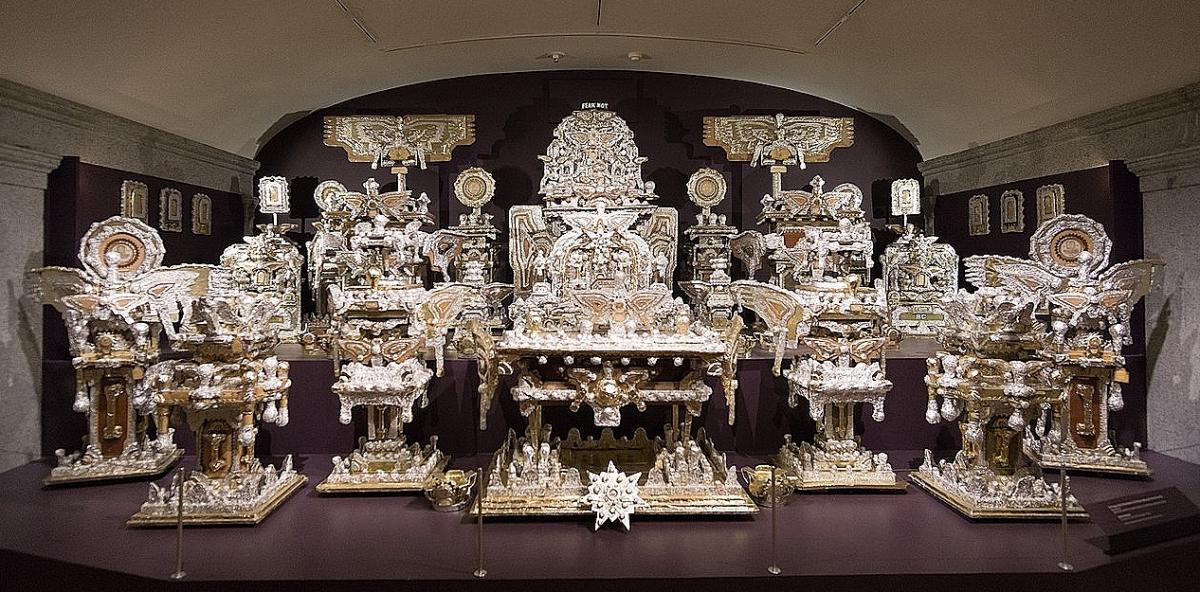
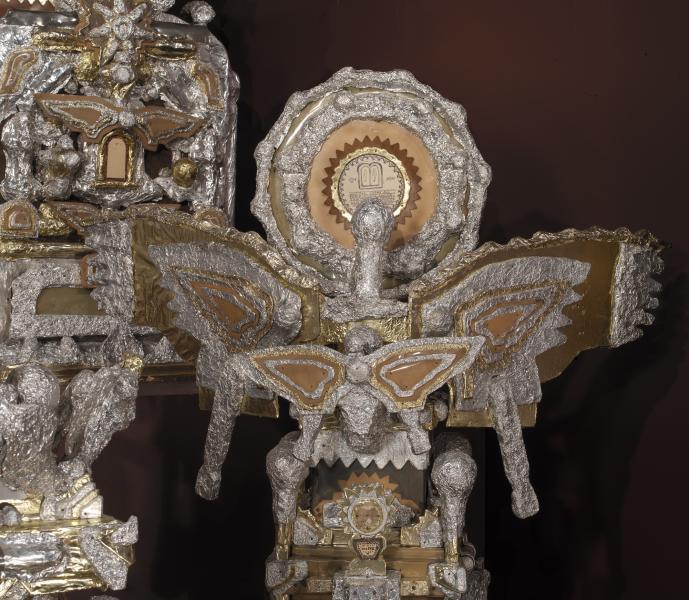
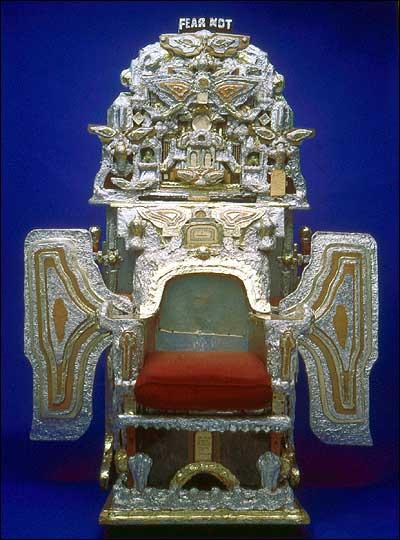
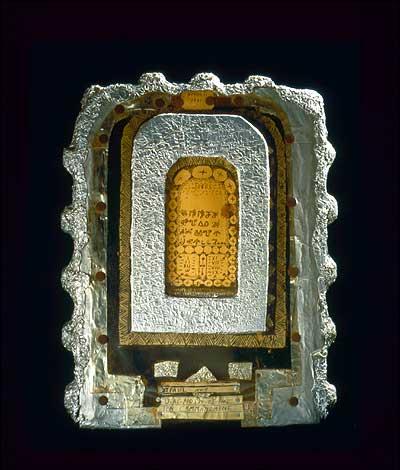
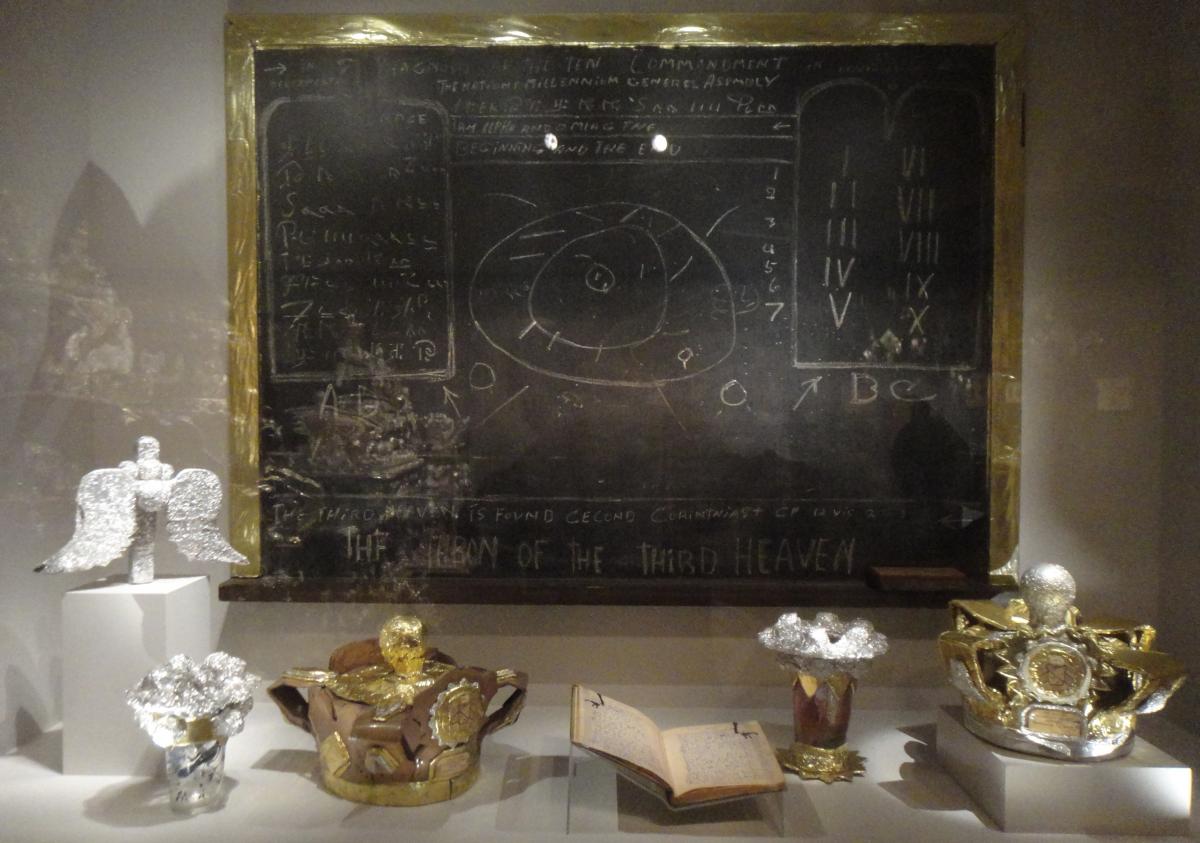
Write a Letter to the Editor on this Article
We encourage readers to offer their point of view on this article by submitting the following form. Editing is sometimes necessary and is done at the discretion of the editorial staff.